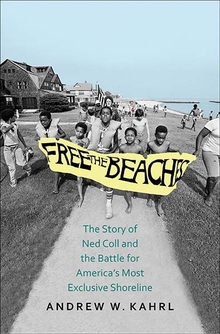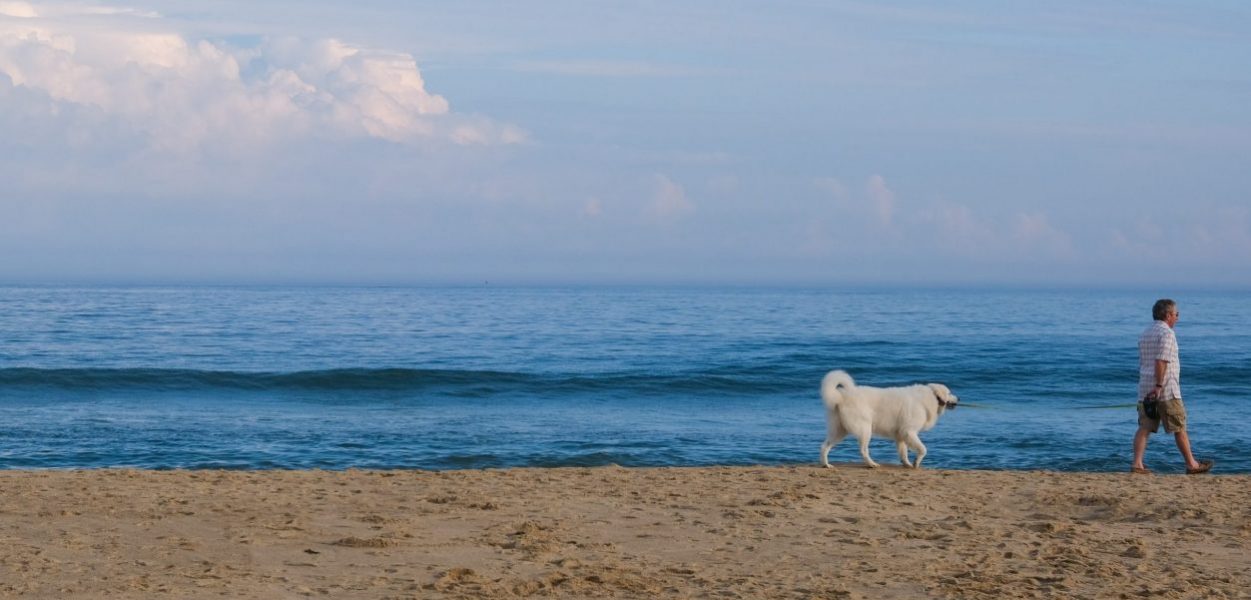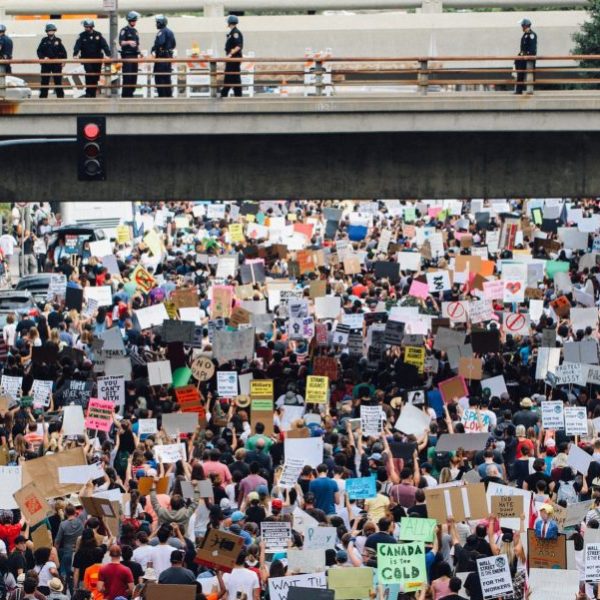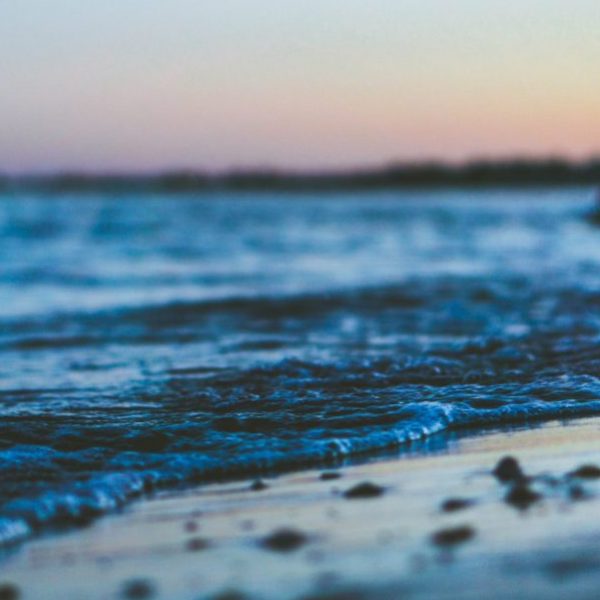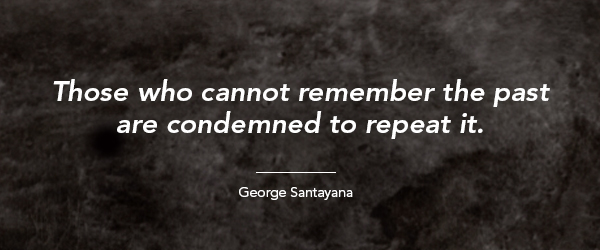Free the Beaches
Andrew W. Kahrl—
It was a hot and hazy August afternoon in the summer of 1975. The line was long, and tempers were short. Outside the entrance to Hammonasset State Park, sunburned arms dangled from the sides of cars, children’s heads rested on windows, and idle drivers burned fuel that a year earlier they could buy only on certain days of the month. At least it was a Monday. Had it been a Saturday or Sunday, the guard would have told them to turn around and go home. On weekends, the beach routinely filled beyond capacity by noon. The previous summer, park officials had turned away over five thousand persons in a single afternoon.
On the beach a cacophony of laughter and shouting—a girl shrieking as she was dunked underwater, a mother calling out to her son from the shore, her patience growing thin— echoed off Long Island Sound’s placid waters. To a passing boater, the throngs of bathers crowded onto this checkerboard of beach towels made for a jarring sight. For miles to Hammonasset’s east and west stood well-manicured, spacious, and lightly used town and private beaches, yacht clubs, and summer “cottages” (which more often resembled mansions), offering postcard-worthy images of a Connecticut that only a tiny fraction of its population would ever enjoy. Which was why hundreds of people waited for the chance to spend a day on an overcrowded stretch of shore with gravely sand, dilapidated changing rooms, and few amenities. In this state of over three million people and 253 miles of coastline, it was one of the few beaches open to the general public.
Holding up traffic that afternoon was the state’s Democratic governor, Ella Grasso, riding shotgun in a baby blue police cruiser, followed by a pool of reporters and a team of officials from the state’s Department of Environmental Protection (DEP). Fifteen cars in all. They were here on a “fact-finding” mission, the public was told. The governor wanted to meet and speak with regular folks about an issue of great concern: the severe shortage of publicly accessible beach space in the state. To show she cared, the governor took off her canvas shoes, rolled up her slacks, and waded out into the water for a photo op with a gaggle of children. Such was the extent of her concern. Speaking to reporters afterward, Grasso made it known that no matter how great the demand or how stark the disparities in access, when it came to the coast, “town beaches are the property of towns” and “private beaches are private property.” And in Connecticut, “private property is inviolate.”
For the “besieged and beleaguered” residents and summer homeowners of the state’s Gold Coast—where the wealth was old, the right to property sacred, and the beaches off limits to the urban poor—these were reassuring words in troubling times. They served as a direct rebuke of the man who had, for the past five seasons, turned their beaches into battlefields and forced Grasso to take her veritable stand in the beach house door. For that man, Edward T. “Ned” Coll, it constituted a declaration of war. And, as his mounting list of adversaries could attest, the anti-poverty activist-turned-class-warrior was ready for a fight.
From Free the Beaches by Andrew W. Kahrl. Published by Yale University Press in 2021. Reproduced with permission.
Andrew W. Kahrl is associate professor of history and African American studies at the University of Virginia. His first book, The Land Was Ours, received the Liberty Legacy Foundation Award from the Organization of American Historians.
